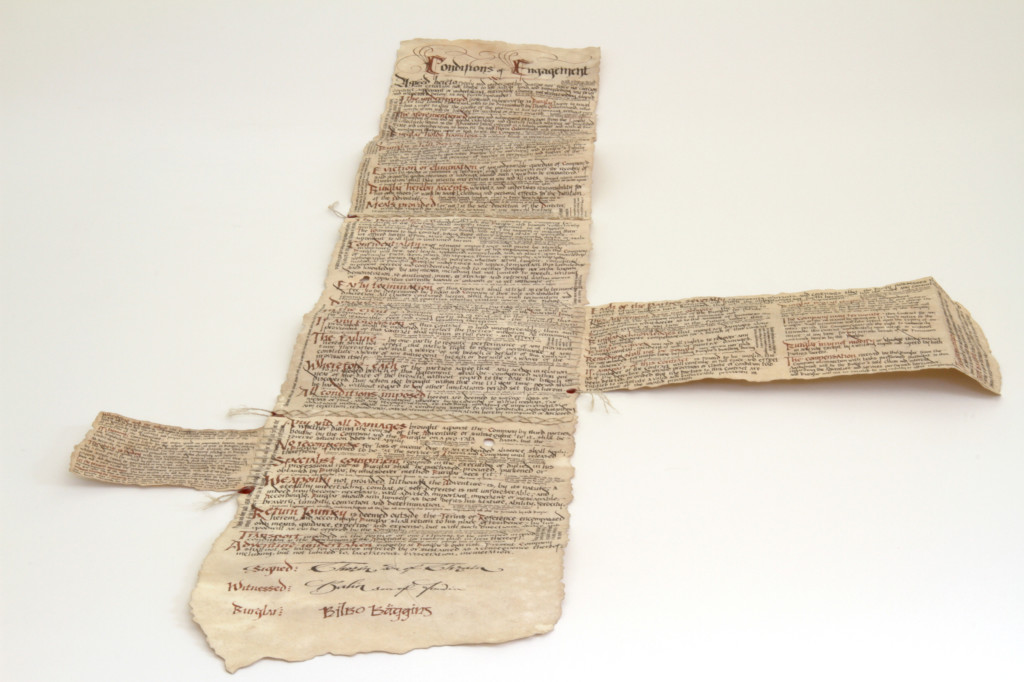As mentioned at the end of the previous post in this series, Felicity Smoak’s particularly claim against Firestorm appears to be malpractice. Firestorm asks “Wait a second, come on…you’re not serious. How can you sue me?” to which she replies “Ever hear of malpractice, flamebrain? Read some newspapers.”
So how about it? Could a superhero be liable for malpractice (apart from ones like Daredevil or Dr. Strange, of course)?
I. Who is Liable for Malpractice?
We commonly think of malpractice as being something that only doctors need to worry about, but medical malpractice is only one kind of malpractice. Attorneys certainly worry about legal malpractice, and accounts and others can also be liable for professional malpractice. But what about superheroes? In New York at least, I think the answer is no.
The highest court in New York, the Court of Appeals, has defined malpractice as “professional misfeasance toward one’s client.” Chase Scientific Research v. NIA Group, 96 N.Y.2d 20 (2001). Over the years before the Chase Scientific case, the scope of nonmedical malpractice liability in New York had grown, perhaps even enough to include superheroes. Cases held that it covered attorneys, accountants, engineers, insurance brokers, surveyors, and even landscapers. Roizen v. Marder’s Nurseries, 161 Misc.2d 689, 691 (Sup. Ct. 1994). And then the state legislature made some amendments to the statute of limitations rules for nonmedical malpractice, which gave the Court of Appeals a reason to consider the definition of a “professional” in Chase Scientific.
In that case, the court held that the legislature intended to include only a few discrete groups sharing qualities such as “extensive formal learning and training, licensure and regulation indicating a qualification to practice, a code of conduct imposing standards beyond those accepted in the marketplace and a system of discipline for violation of those standards.” Chase Scientific, 96 N.Y.2d at 29. Basically, according to the court, that means architects, engineers, lawyers, and accountants.
That’s a pretty tough bar for superheroes to meet. They don’t really have formal learning or training. In the DC Universe there are hints and references to superhero or “meta-human” registration laws that give superheroes certain benefits, such as the ability to testify in costume under the DC Universe’s fictional version of the 12th Amendment. That might count as “licensure and regulation indicating a qualification to practice.” We could even assume that the licensing system comes with a code of conduct and a system of discipline, but that’s a bit of a reach.
But even assuming that Smoak somehow manages to convince a court that superheroes are a new professional class, she would still have to show that Firestorm had a professional-client relationship with the company that owned the computer disks that he ruined. No professional-client relationship, no malpractice. There might be ordinary negligence, of course, but there can’t be malpractice.
Could there have been such a relationship here? Taking on work for profit is not a requirement, or else doctors and attorneys doing charity work would be immune to malpractice claims. But what about someone like Firestorm who is minding their own business, sees someone in need, and swoops into help with the imperiled person’s implied consent? Can a professional-client relationship be formed in such circumstances? The answer is yes. Those kinds of situations are one of the major reasons why Good Samaritan laws exist. So there could have been an implied professional-client relationship, but it’s probably a moot point unless New York’s laws changed (either its superhero licensing or its malpractice laws). But just for fun, let’s run with this argument a little longer.
II. What is the Standard of Care?
One of the main features that distinguishes malpractice from ordinary negligence is the standard of care. In ordinary negligence the standard is reasonable care. In malpractice the situation is more complicated. For an attorney in New York it’s something like the “degree of skill commonly exercised by an ordinary member of the legal community.” Thaler & Thaler v. Gupta, 208 A.D.2d 1130, 1132 (Sup. Ct. App. Div. 1994). For a doctor the rule is especially complex, taking into account the standard of care in the local community, developments in the science of medicine, and the degree of specialization. It’s that higher standard of care that makes suing for malpractice rather than ordinary negligence worth the trouble from the plaintiff’s point of view.
The practical upshot to all this is that, if superheroes were subject to malpractice liability, it’s very likely that the superhero standard of care would vary from place to place. Areas with a lot of “A-list” superheroes (e.g. New York, Metropolis) would demand a high level of care: fast service, minimal collateral damage. People in Milwaukee might not be able to expect quite that level of service.
III. Conclusion
As we concluded last time, Smoak might have a negligence claim against Firestorm. It relies on some novel legal arguments, and in my opinion it’s pretty tenuous as a factual matter, but I think it’s a good faith claim. The malpractice claim is a lot shakier. Back in the early 1980s it might have still had a prayer, but I think only because the Court of Appeals hadn’t really seriously considered the subject. Once the topic came up squarely on appeal it had no trouble significantly constraining the definition of malpractice even in the absence of specific language in the statute defining “malpractice” or “professional.” So probably no malpractice liability for superheroes, at least in New York.
We haven’t seen the last of Felicity Smoak, though, nor the last of Firestorm causing trouble for her business. Things only get worse from here, so stay tuned!



